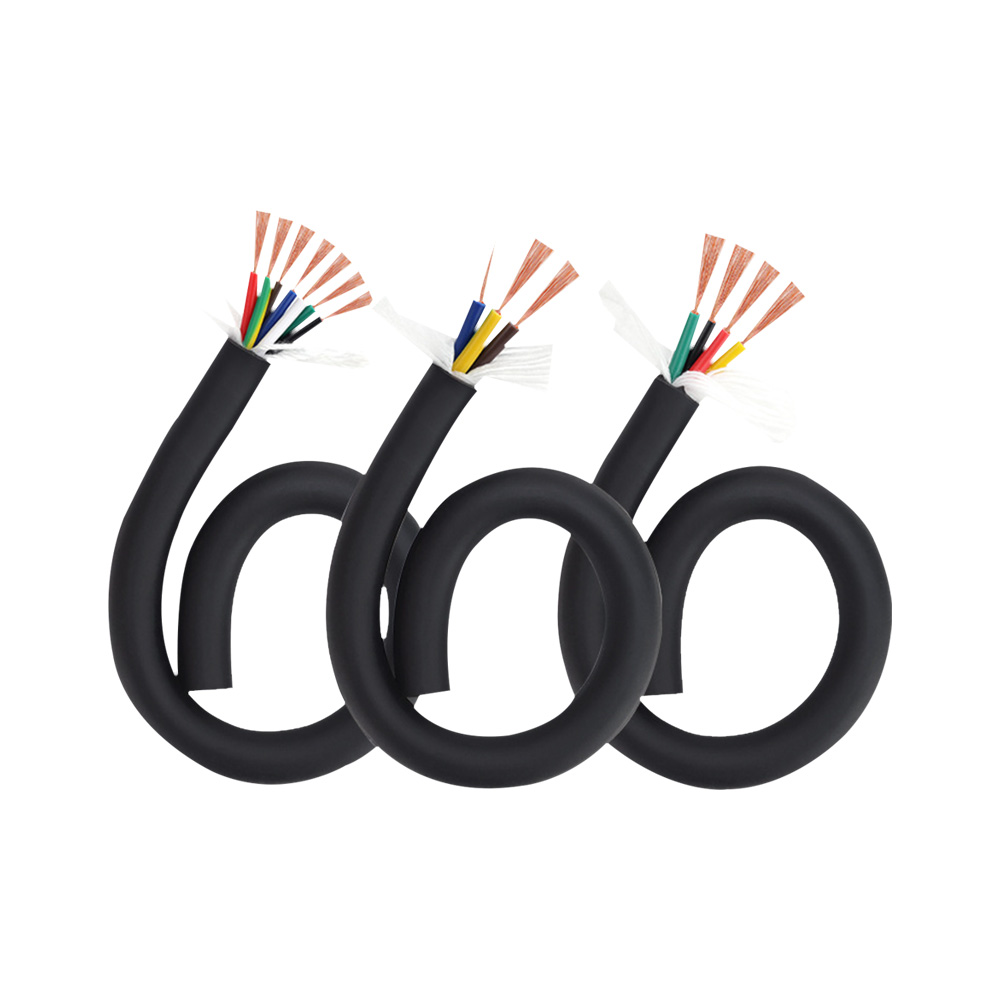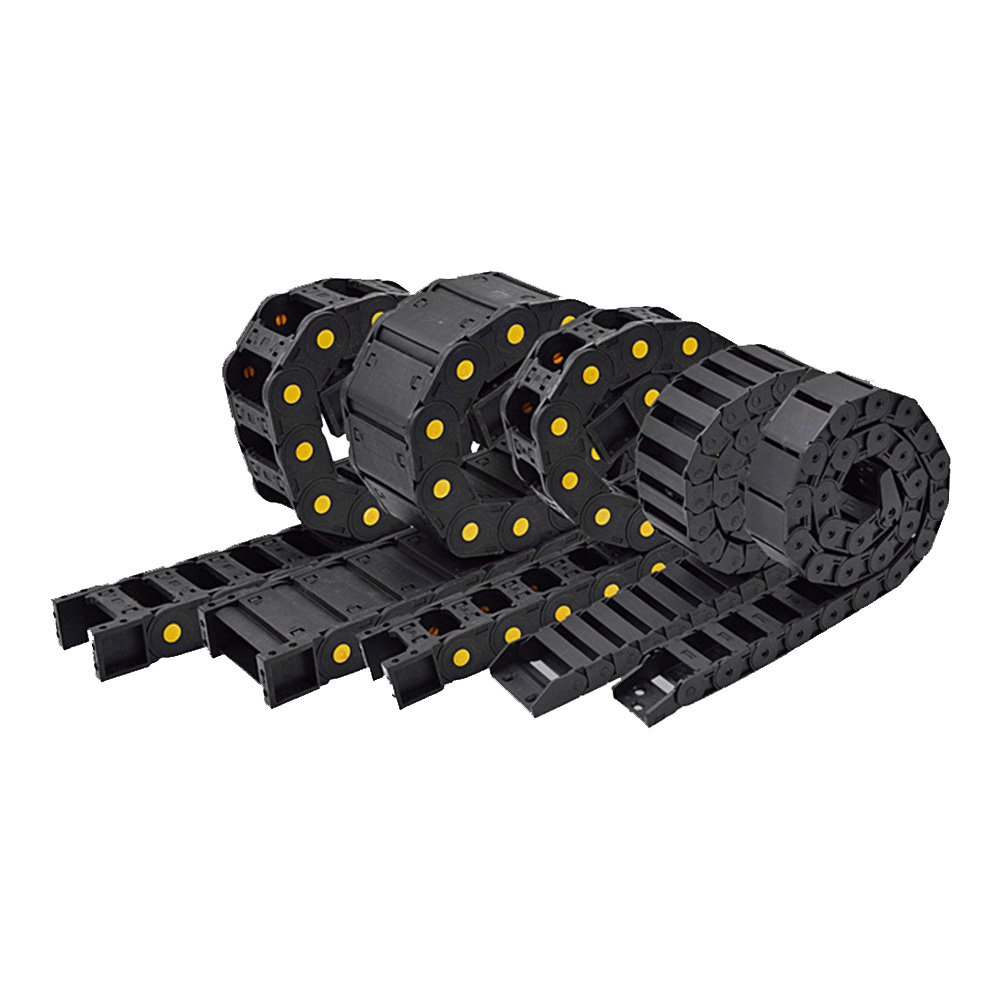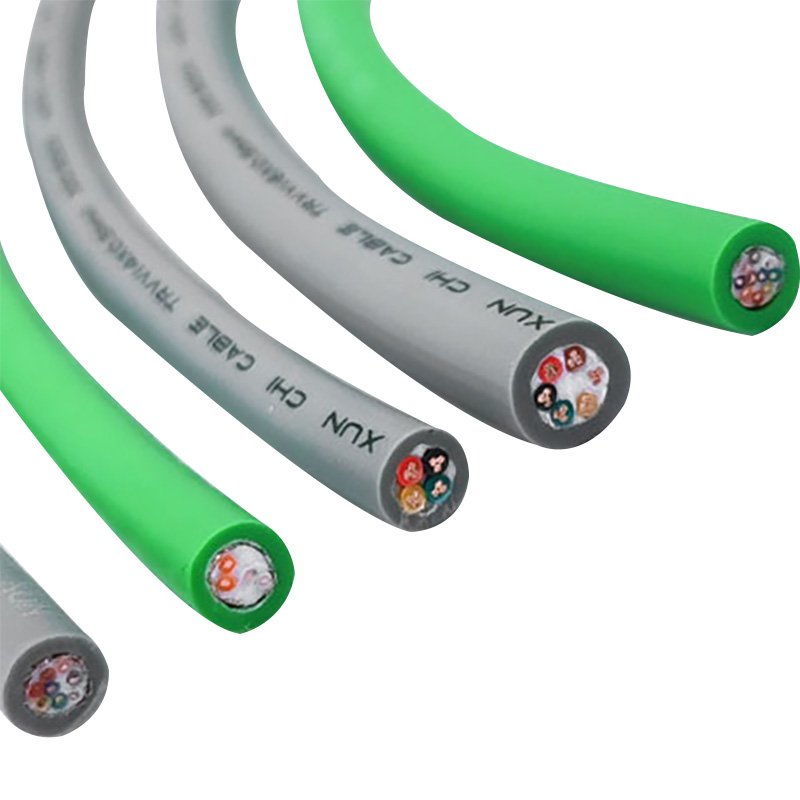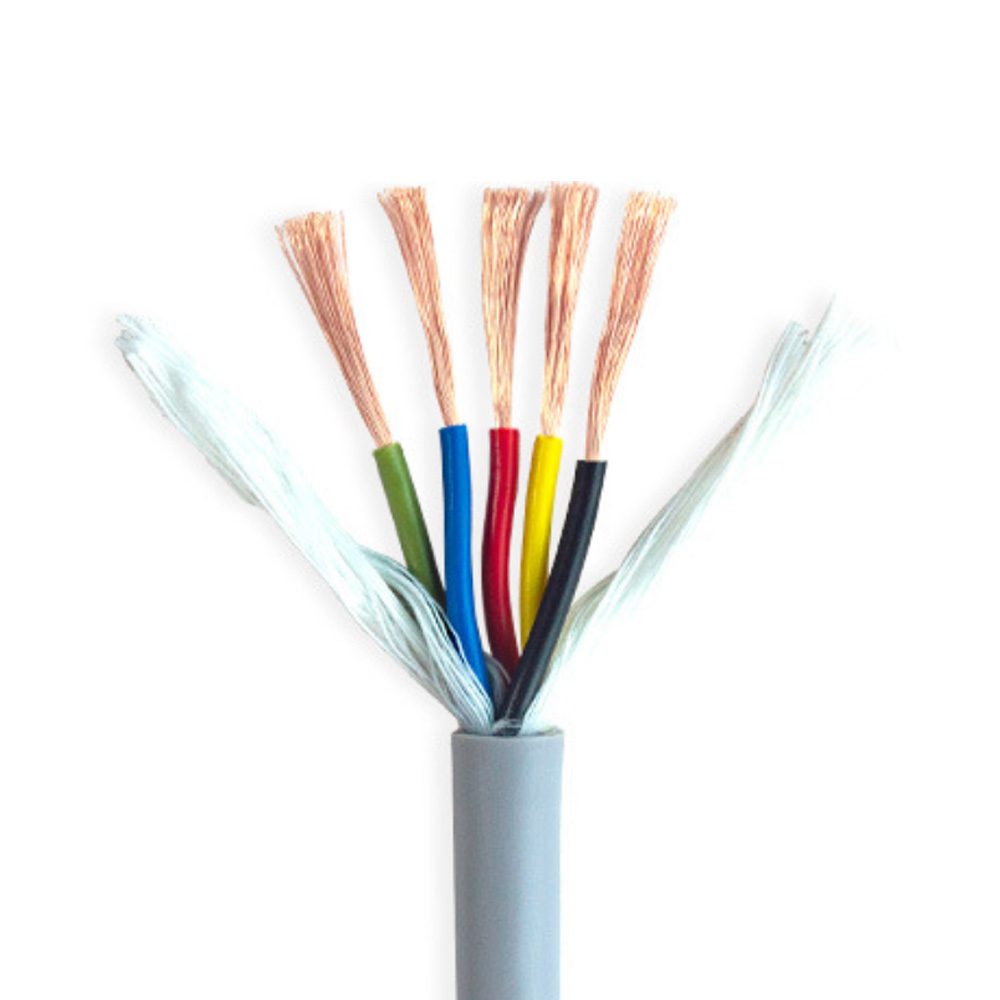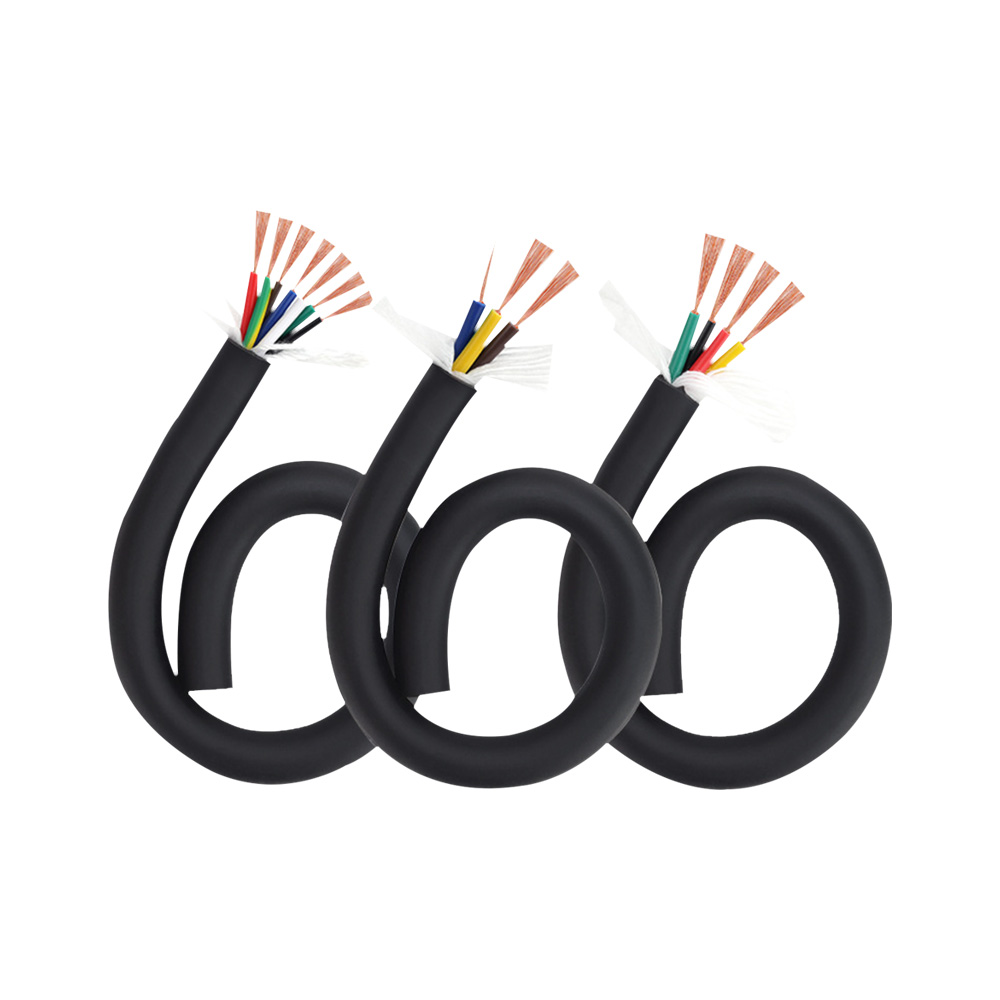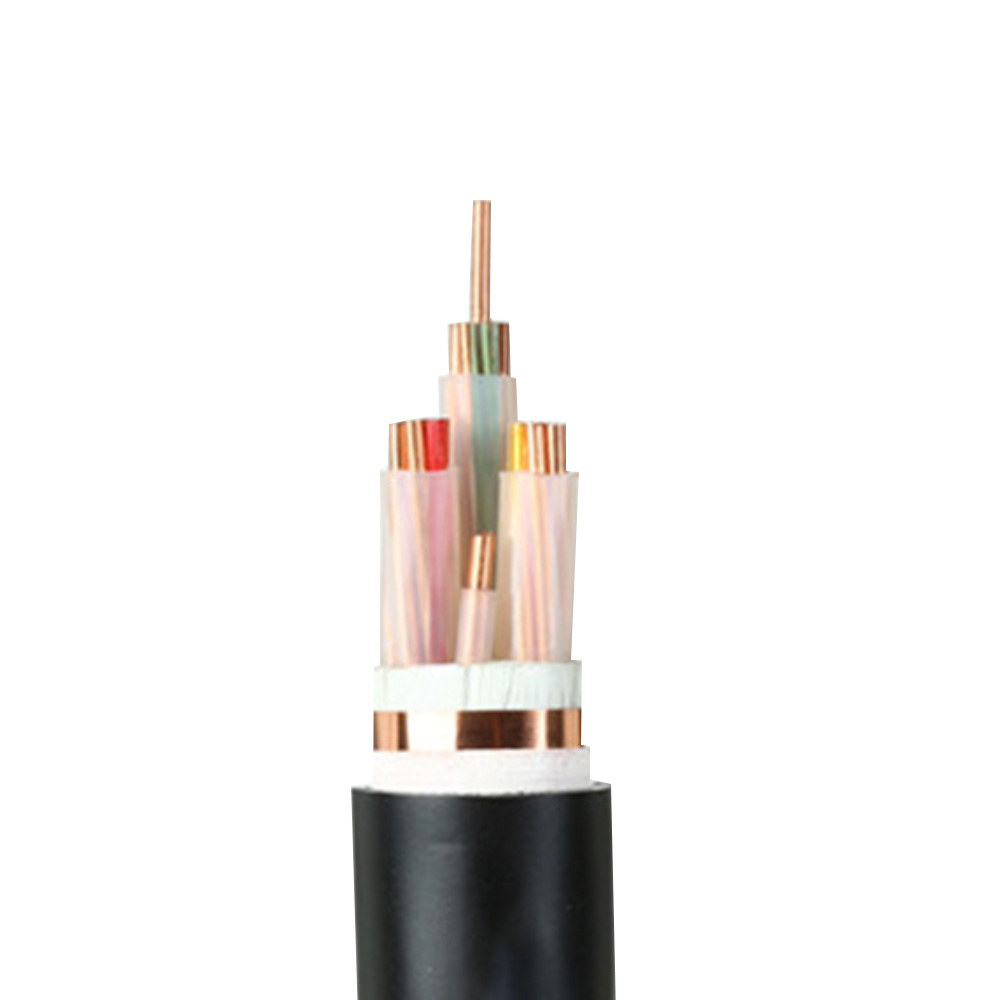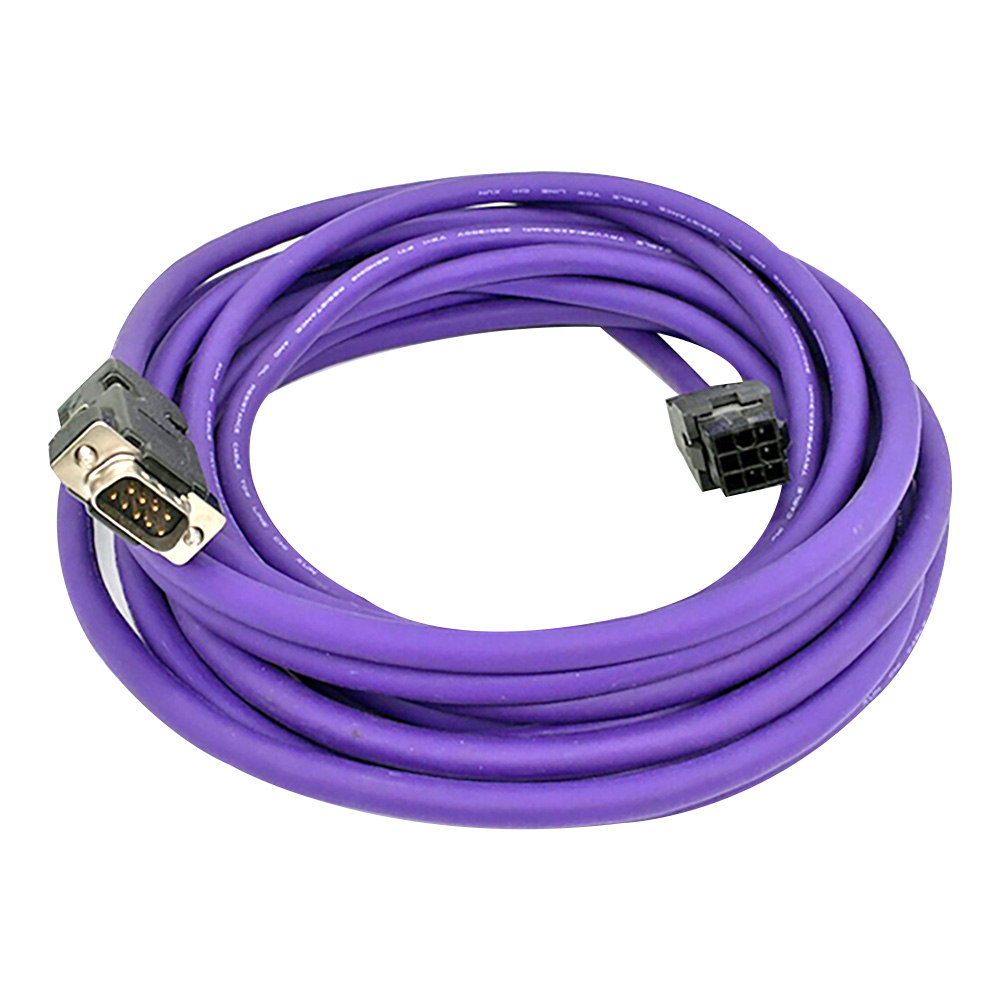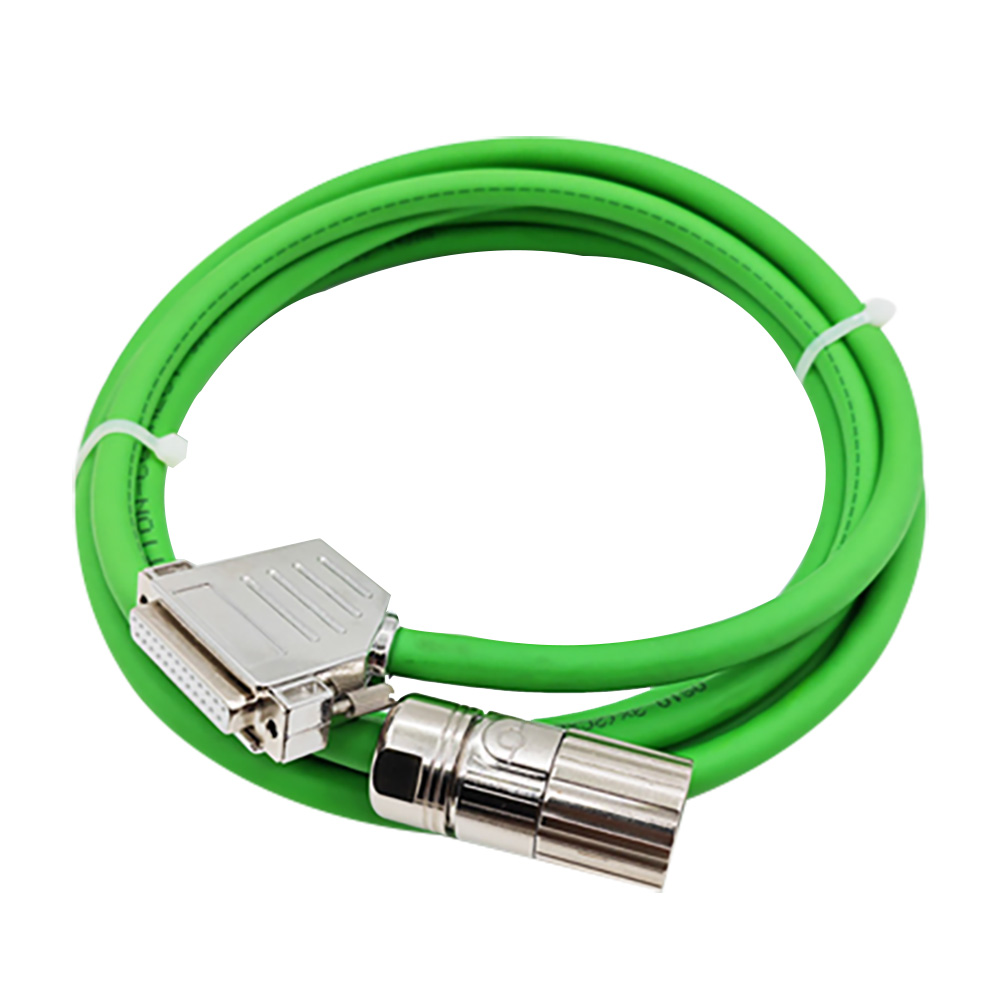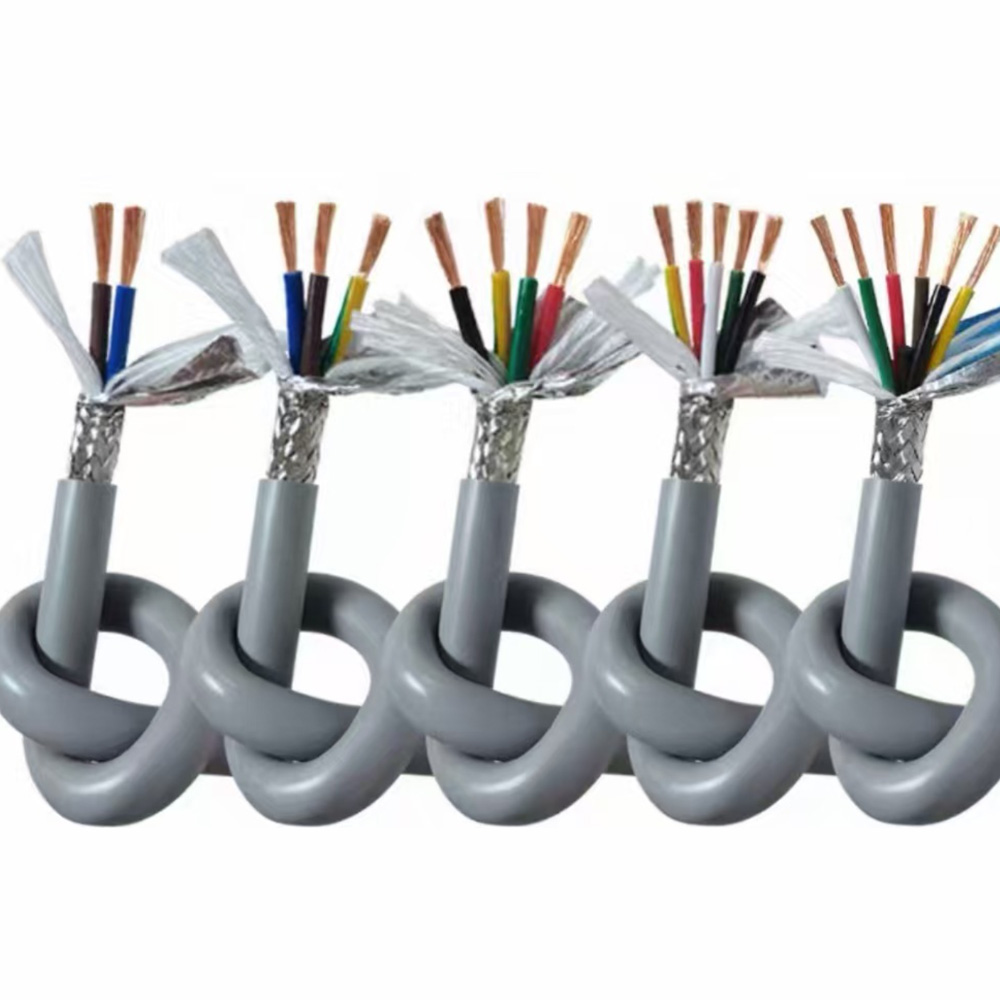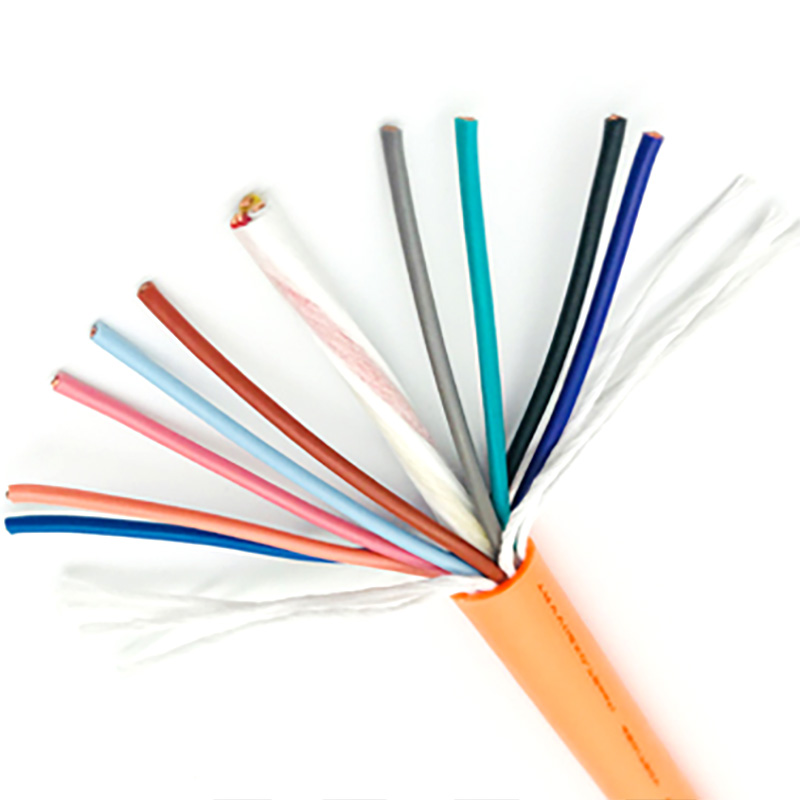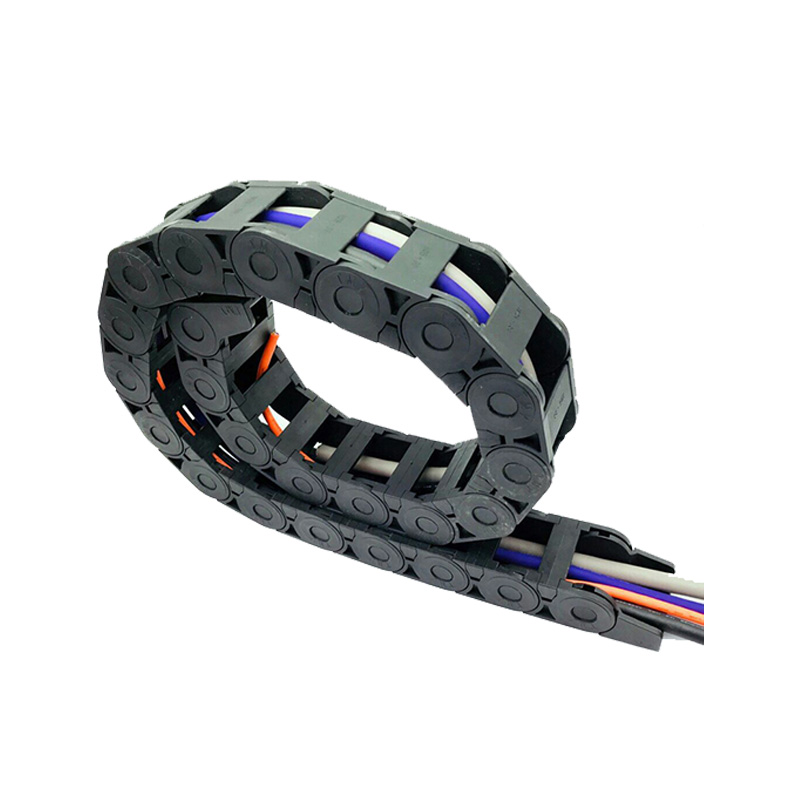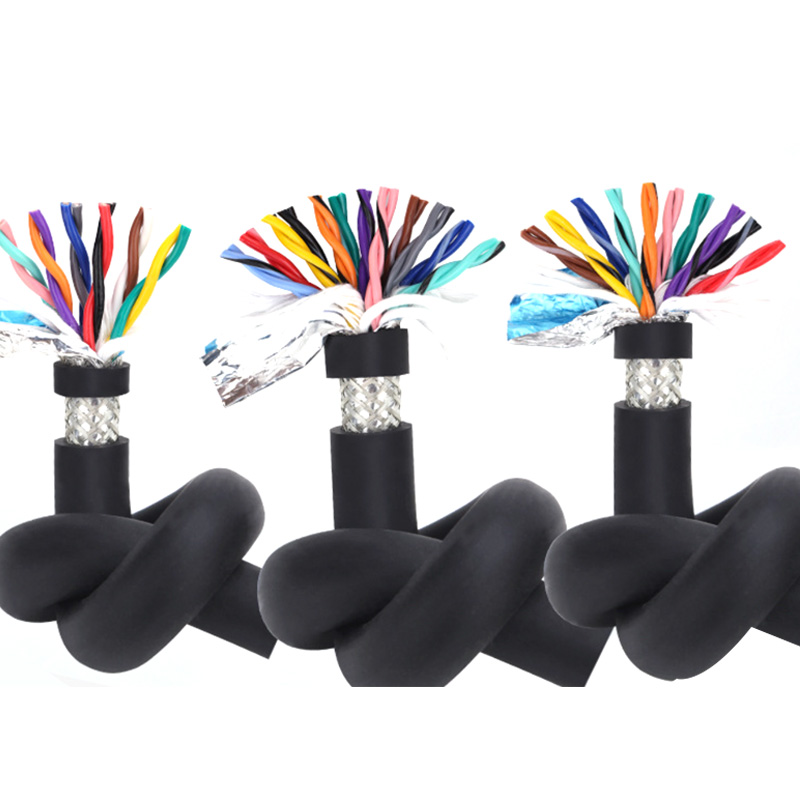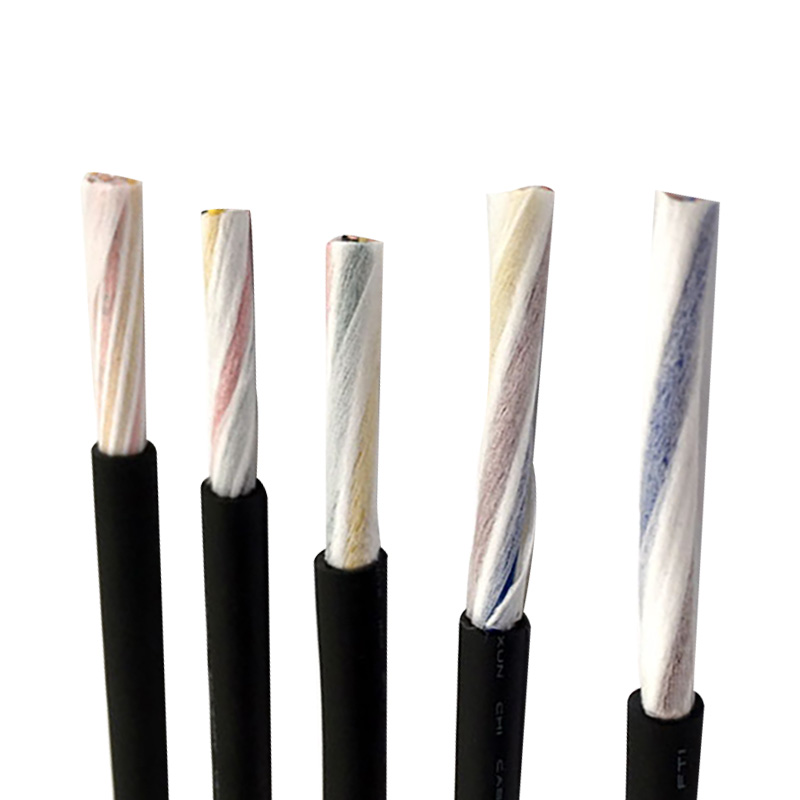
Robot Cable
Robot Cable
- Product Brief: What Requirements Must Be Met for the Use of Robot Cables?The cables used in robots have very high requirements. They not only need to have strong signal transmission capabilities but also possess excellent characteristics such as good wear resistance to ensure that robots can function well.
Description
What Requirements Must Be Met for the Use of Robot Cables?The cables used in robots have very high requirements. They not only need to have strong signal transmission capabilities but also possess excellent characteristics such as good wear resistance to ensure that robots can function well. Robot cables are specialized cables, and many enterprises cannot provide them. Therefore, when you need to choose robot cables, you are welcome to choose Xunchi. As a company that provides various cables, Xunchi not only offers commonly used cables in daily life but also provides robot cables with reliable quality and superior performance. I think many people do not understand robot cables, so let's learn about the requirements that robot cables must meet.
1. **Strong Signal Capability**
Robots mainly work according to instructions sent by computers, and the transmission of computer signals to robots relies heavily on cables. If the cable quality is good, the signal transmission will be fast and very accurate. However, if the cable quality is poor, it will definitely affect signal transmission, preventing the robot from working immediately and executing commands. 2. **Good Wear Resistance** Good wear resistance is a must for robot cables, as cables will inevitably get damaged after long-term use. If a cable has poor wear resistance, it will definitely affect the internal twisted wires, making the robot unable to work normally and also creating potential safety hazards. Therefore, the robot cable used must have good wear resistance. 3. **Long Service Life** Robot cables should have a long service life. Only cables with a long service life can save resources and improve work efficiency. For enterprises, cables with a long service life are the first choice. If an enterprise needs robot cables, choosing those with a long service life is crucial to meet usage requirements. If a robot cable can meet the above three requirements, it is definitely suitable for robot use. However, if a cable fails to meet these requirements, it will definitely not satisfy the robot's usage needs. Using inferior cables will not only affect the robot's operation but also cause damage to it, making it unable to function. Are you still worried about robot cables? It is recommended here that you choose the robot cables provided by Reuliu. They are of guaranteed quality and reasonably priced. At the same time, perfect after-sales service is provided, allowing customers to experience one-stop service. When choosing robot cables, you are welcome to choose Reuliu
FAQs
Common causes of flexible cable failure include:
Over-Bending: Bending the cable beyond its minimum bend radius (MBR) damages conductors and insulation. Prevention: Adhere to the manufacturer’s MBR specifications and use cable management tools (e.g., cable tracks) to control bending paths.
Abrasion & Wear: Friction with surrounding components wears down the sheath. Prevention: Choose cables with wear-resistant sheathing (e.g., PUR) and install protective conduits or cable carriers.
Environmental Damage: Exposure to chemicals, moisture, or extreme temperatures degrades materials. Prevention: Select cables rated for the specific environment and use sealing or shielding where necessary.
Incorrect Installation: Tension, kinking, or improper grounding can strain the cable. Prevention: Follow installation guidelines, avoid pulling cables tightly, and ensure proper grounding for shielded cables.
Eelecting the appropriate flexible cable requires considering several key factors:
Movement Type: Determine if the cable will undergo bending (single or multi-axis), twisting, or torsional movement—this dictates the required flexibility (e.g., high-flex for robotic arms vs. medium-flex for simple folding applications).
Environmental Conditions: Assess temperature range (from extreme cold to high heat), exposure to chemicals, oil, water, or UV radiation—choose insulation/sheathing materials (e.g., PUR for oil resistance, TPE for wide temperature tolerance) accordingly.
Electrical Requirements: Confirm voltage rating, current capacity, and signal transmission needs (e.g., shielded flexible cables for reducing electromagnetic interference in data applications).
Mechanical Durability: Evaluate the number of bending cycles required (e.g., millions of cycles for long-life industrial use) to select cables with suitable conductor stranding and sheath thickness.
lexible cables are widely used in industries and equipment where frequent movement is involved. Common applications include:
Industrial Automation: Robotic arms, automated guided vehicles (AGVs), and linear motion systems.
Material Handling: Conveyor belts, hoists, and cranes that require cables to bend with mechanical movement.
Medical Equipment: Portable devices (e.g., ultrasound machines), surgical robots, and patient monitors that need flexible wiring for mobility.
Consumer Electronics: Laptop power cords, headphones, and wearable devices where flexibility ensures user comfort and product longevity.
Automotive Industry: Wiring for folding side mirrors, seat adjustments, and retractable door handles.
A flexible cable is a type of electrical cable designed to withstand repeated bending, twisting, and movement without compromising its electrical performance or structural integrity. Unlike standard fixed-installation cables, which are engineered for static or minimal-movement applications, flexible cables feature specialized constructions—such as fine-stranded conductors (instead of solid or coarse-stranded ones), flexible insulation materials (like PVC, TPE, or PUR), and robust sheathing—that enhance their durability under dynamic stress. This design allows them to be used in scenarios requiring constant motion, such as robotic arms, conveyor systems, and portable equipment.
In industrial scenarios where dynamic motion and signal integrity coexist, standard cables often fail to meet requirements—either lacking flexibility for long-term bending or failing to block interference for precise signals. TRVVPS Twisted Pair Shielded Drag Chain Cable solves these pain points through its integrated design of twisted pairs, shielding, and high flexibility, ensuring reliable, stable, and long-lasting performance. It is a critical cabling solution for upgrading automation levels and improving production precision in modern manufacturing.


